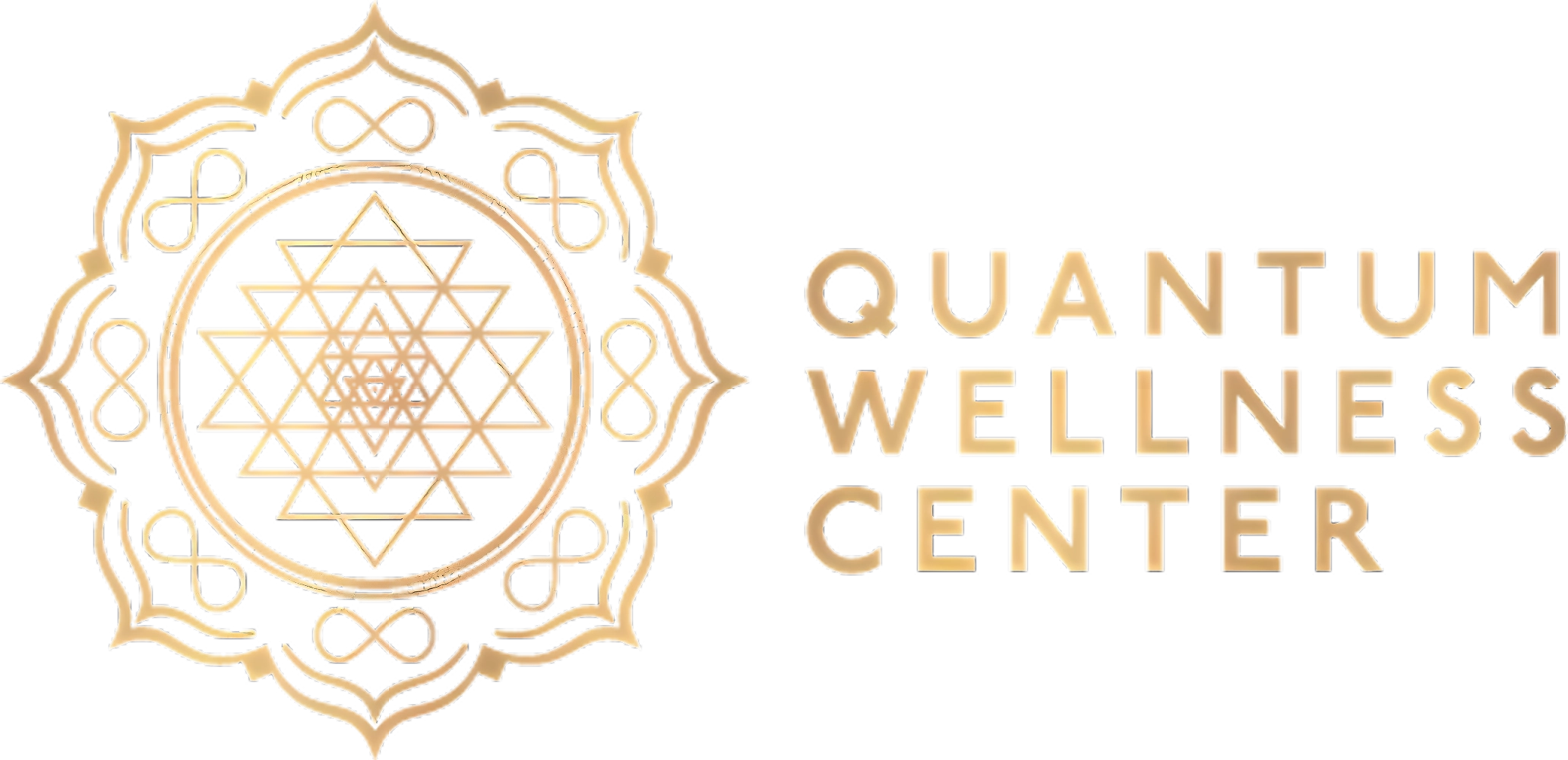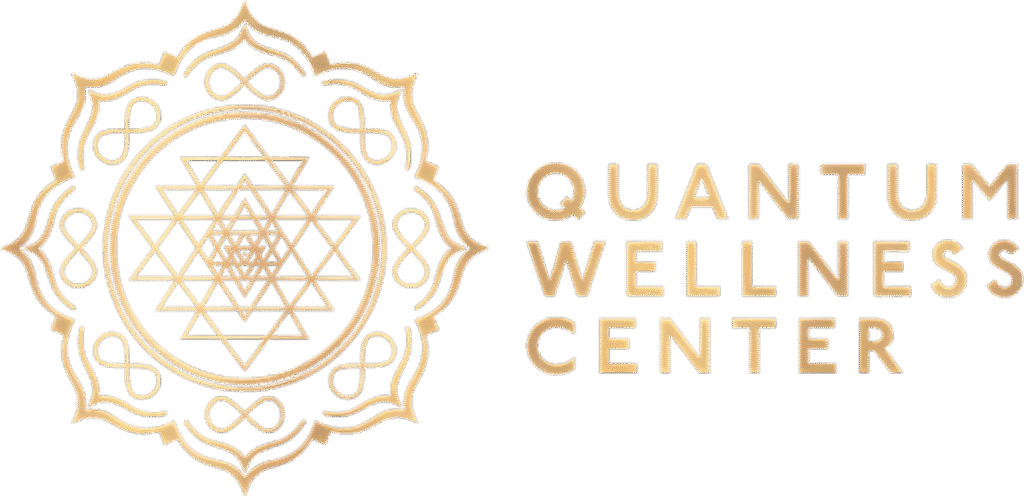Many people living with rosacea struggle with symptoms that go beyond the surface—like flare-ups that seem to appear out of nowhere and irritation that’s tough to soothe. While there’s no known cure, people seek alternative ways to reduce symptoms and improve skin health. One option gaining attention is red light therapy.
This article dives into how red light therapy works, how it may help reduce rosacea symptoms, and what to consider before starting this treatment.

Understanding Rosacea: A Chronic Skin Condition
Rosacea is a common skin condition characterized by persistent redness, visible blood vessels, and, in some cases, red bumps or pus-filled lesions. It typically affects the central face and can worsen over time without proper care. The exact cause of rosacea remains unclear, though it may involve a combination of genetic, vascular, inflammatory, and environmental factors.
There are four subtypes: erythematotelangiectatic, papulopustular, phymatous, and ocular. Each presents with varying symptoms, making proper diagnosis essential. Patients often report burning, flushing, and increased skin sensitivity. Certain triggers like sun exposure, stress, heat, spicy foods, and alcohol can worsen symptoms.
Given the complex nature of the skin condition and its responsiveness to external factors, some individuals have begun exploring supportive options like red light therapy as part of their skin care regimen.
How Red Light Therapy Works
Red light therapy—also referred to as low-level light therapy (LLLT)—uses specific wavelengths of red and near-infrared light to stimulate cellular activity. This form of treatment is commonly used in dermatology for its potential anti-inflammatory and skin-repairing benefits.
Light wavelengths between 600 nm and 850 nm are thought to penetrate the skin, promoting collagen production and helping to reduce inflammation. It works by delivering light energy to the skin’s cells, which may support tissue repair and reduce oxidative stress. Unlike intense pulsed light or laser, red light therapy is non-invasive, painless, and typically safe for individuals with sensitive skin.
Red Light Therapy for Rosacea: What the Research Says
While red light therapy for rosacea is still considered an emerging approach, some studies and anecdotal evidence support its use in addressing persistent facial redness and sensitivity. The National Rosacea Society Expert Committee recognizes light-based therapies as a potential option for managing this condition—particularly for reducing background redness.
This approach may help reduce the symptoms by calming inflamed skin and strengthening the skin barrier. Some individuals may experience less frequent flushing episodes and overall skin improvement over time. The effectiveness varies, and results can depend on the severity and type.

It’s important to note that it is not a cure for rosacea. However, it may serve as a valuable addition to a broader treatment plan, especially for individuals with persistent redness or those sensitive to conventional treatments.
At-Home LED Light Devices vs. Professional Treatment
With the rise of at-home skin care technology, many LED light therapy devices are now available for personal use. These devices typically use a combination of red and blue light. While these devices are more affordable and convenient, their intensity is usually lower than that of professional-grade equipment used in clinical settings.
Modern wellness centers and dermatology clinics offer more precise solutions, including red light therapy beds and medical-grade LED systems. These treatments are typically administered by licensed professionals who tailor sessions to suit a patient’s specific rosacea subtype and skin sensitivity.
Selecting an approach for sensitive skin is essential. It’s also crucial to understand how frequency, duration, and consistency of treatment impact results—especially when managing a chronic skin condition.
Considerations Before Starting Red Light Therapy for Rosacea
Before using red light therapy to treat rosacea, it’s best to consult with a dermatologist. This is especially crucial for those with a diagnosed subtype, ocular symptoms, or concurrent skin conditions like acne. A licensed doctor can help develop a personalized treatment plan that considers other therapies, including topical medications, oral antibiotics, or laser treatment.
While this method may offer additional support, it works best when integrated into a holistic skin care routine that includes gentle cleansing, trigger management, sun protection, and medical guidance.
Final Thoughts from Quantum Wellness Center
Red light therapy continues to receive attention within dermatology and wellness circles as a possible addition to rosacea care. Though research is ongoing, many professionals are observing its use in controlled settings to evaluate how it may support personalized skin treatment plans.
At Quantum Wellness, we stay informed on the latest evidence-based therapies that support skin health and whole-body wellness. Our experienced team can help you understand whether red light therapy is a suitable option for your rosacea management plan and guide you toward safe, effective care tailored to your needs.



